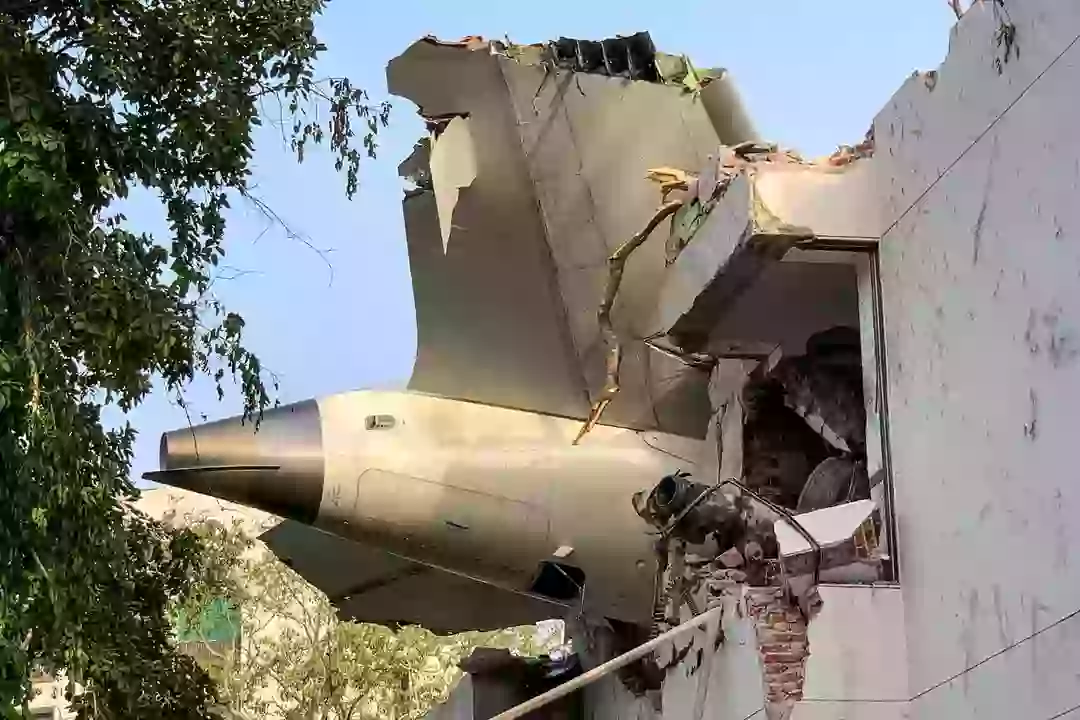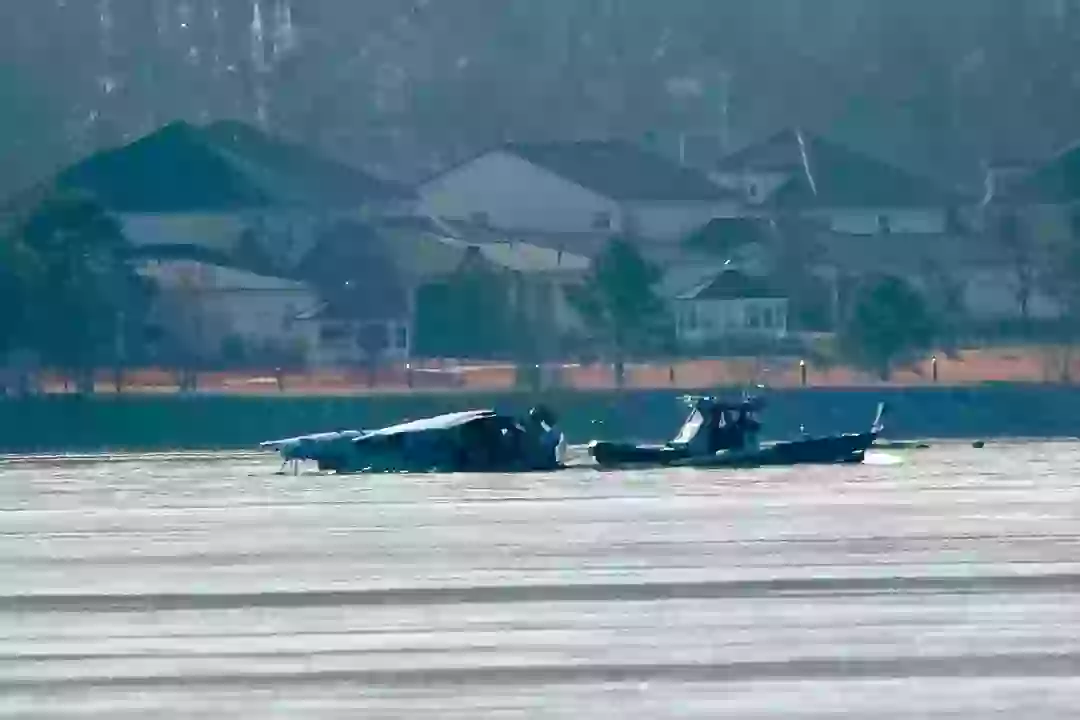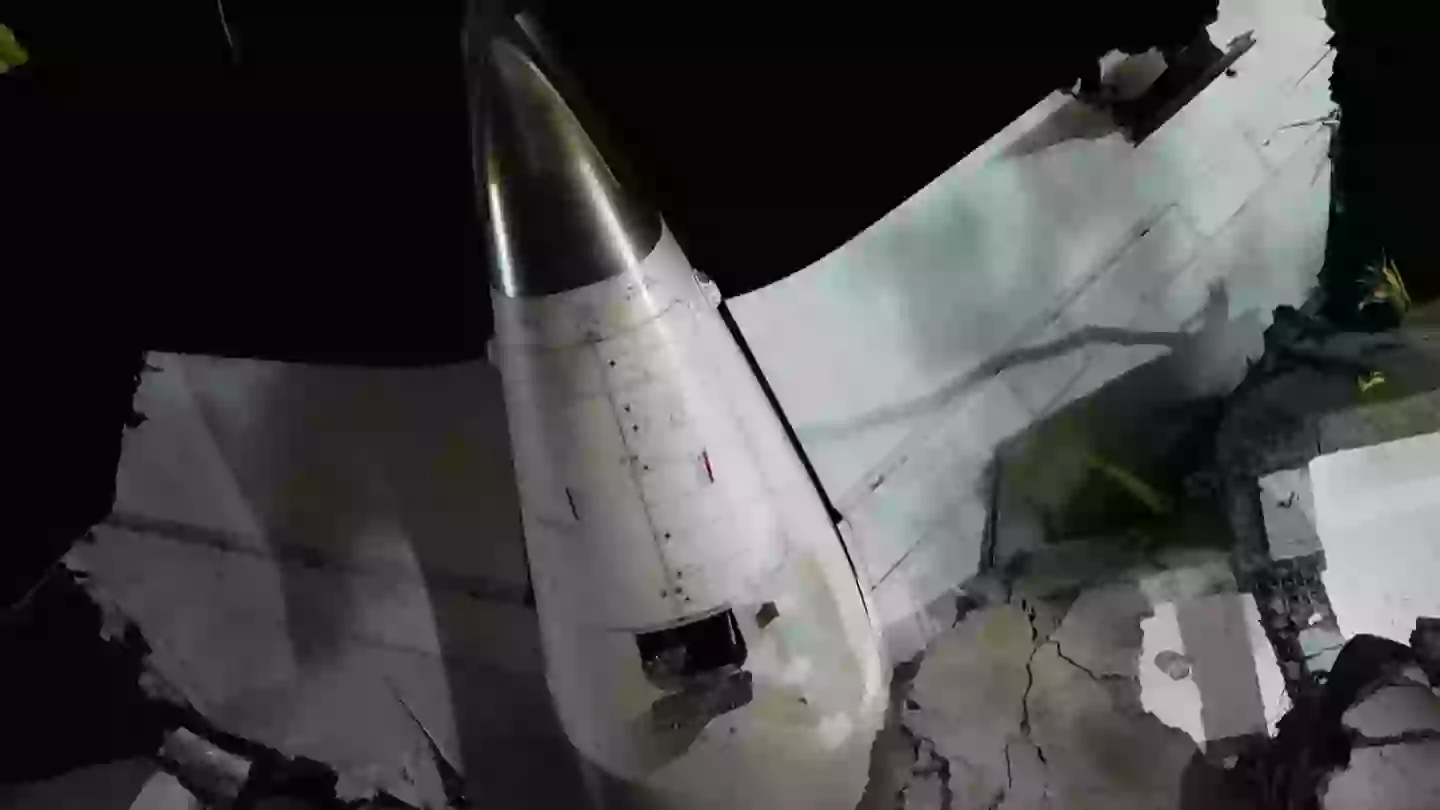With 49 accidents since the start of 2025, an aviation pilot has provided their analysis on why crashes continue occurring.
Aircraft accidents represent the aspect of travel none of us wish to consider, but they are occurring and some have captured media attention.
With news coverage focusing on how an aircraft from India crashed while traveling from Ahmedabad in India to London Gatwick this week, and earlier this year witnessing an American Airlines aircraft crash in a collision with a military helicopter over Washington D.C., it can nearly seem as though there are more aircraft accidents than previously – and suggests that air travel is no longer secure.

Thus far in 2025 there have been eight commercial aviation incidents this year globally, along with additional private and military aircraft crashes.
Based on the Bureau of Aircraft Accident Archives, aircraft crash statistics are currently at 49 with a total of more than 250 fatalities.
A former commercial pilot, crash investigator and specialist in accident causation has provided insight on why aircraft crashes are seeming to occur more frequently.
Shawn Pruchnicki, who previously served with Delta Connection for a decade, shared his experiences with the Daily Mail, including a close call. He informed the publication: “I’m sorry to say that when news broke on January 29 that a commercial airliner had been struck by a Black Hawk helicopter in the skies above DC’s Reagan International Airport, I wasn’t surprised. I have long feared that it wasn’t a matter of ‘if’ such a catastrophe would happen but ‘where’ and ‘when’.”

Pruchnicki, who is currently an Assistant Professor at The Ohio State University in the College of Engineering, also shared his own experience of a close call as he described how an aircraft on an adjacent runway nearly collided with his.
“I had just landed at JFK and a 747 was coming into land on a parallel runway. The control tower asked the pilot if he would be able to stop short of our location and he said that he could which meant they cleared us to cross the runway,” he explained.
“We had a gut feeling that this pilot – who possibly wasn’t familiar with the airport – couldn’t do what he said and so we decided not to cross and to stay where we were. A few moments later the 747 blasted through right in front of us, hurtling past at a high rate of speed. If we’d crossed the runway as directed, there would have been a collision.”
Discussing the reasons why crashes are becoming more frequent, he emphasized an issue with “the chronic shortage of air traffic controllers”. He explained: “I feel for these controllers. They are over-worked and over-stressed – they know that if they make a mistake someone could die.”
He proceeded to emphasize potential crash factors, including another “valid concern” as he noted: “Regional and national airlines are hiring pilots and promoting them through the ranks with less experience than ever before.”
He added: “I’m not aware of any studies that focus on the impact of limited experience on flight safety, but the truth is that, without positive measures to address the problems in our skies, accidents will keep happening and more frequently. We need more qualified candidates in the pipeline for air traffic controllers.”
Pruchnicki included a serious warning, as he stated: “We need to continue to develop and invest in technology that will help pilots and air traffic controllers do their jobs – not to replace them but to assist them. Make no mistake there is still a pretty good safety buffer in place in our skies but it’s shrinking, and we need to act now if we want to stop it from shrinking further.”
.

